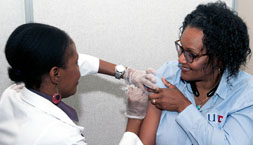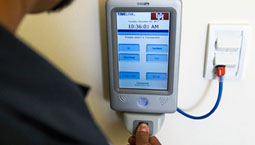Office of Human Resources
Welcome to the Office of Human Resources!
Whether you are a new employee or seasoned UHD professional, your efforts are important to the success of the University and its mission. At Human Resources (HR), we are your support partner and services gateway to employment, training, benefits, compensation, employee relations, personnel records and payroll.
HR staff are available Monday through Friday, 8 a.m. to 5 p.m. Please visit each area's webpages for more information. You may also schedule an appointment by clicking on one of the links below.
HR Area
Send Email
Rate our Customer Service!
To serve you better, please take a moment to complete our Satisfaction Survey.









